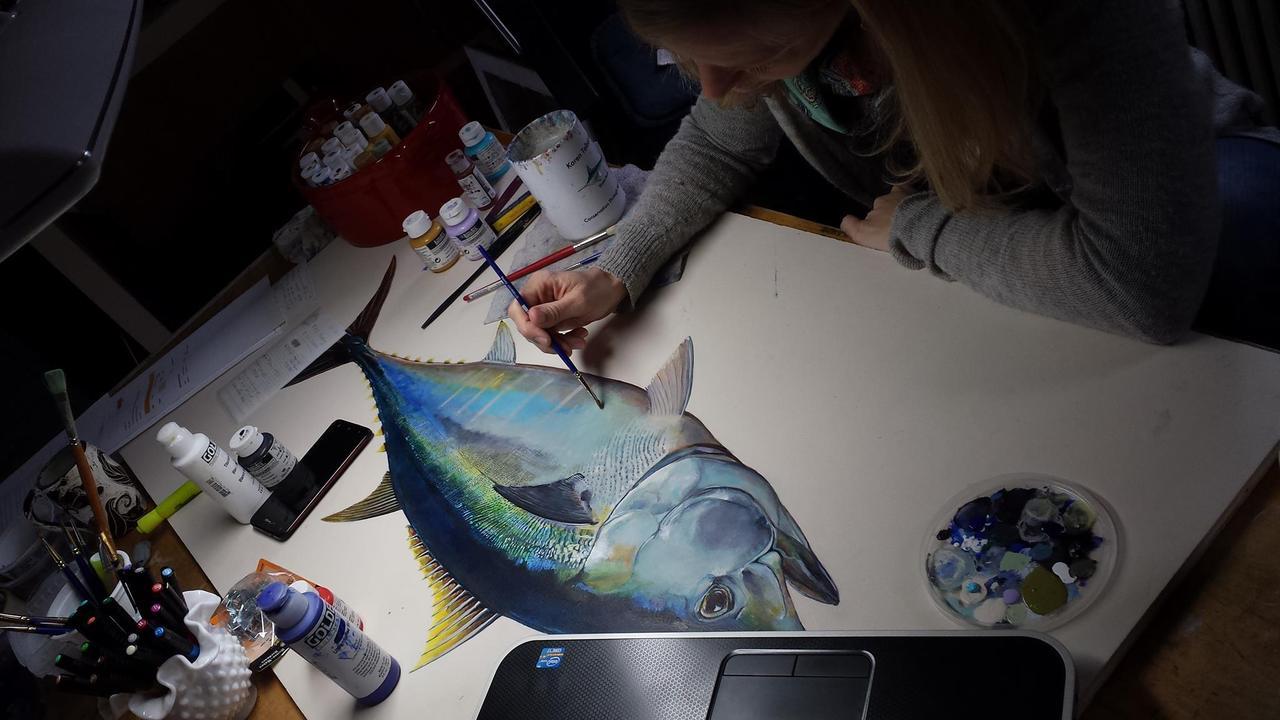It’s that time again where we welcome a new sponsor to the site and this time we are particularly pleased to say ‘Halò’ to Scotland-based company mailordercorals! Running for around 10 years, mailordercorals is a classic example of a successful hobbyist operation that has gone on to become a healthy online business offering a secure website, live arrival guarantee, variety of shipping options, secure payment and the very best in customer care. Originally selling coral frags from their reef display, gradually more and more tanks were added for the sole purpose of propagating corals and soon these frags were being shipped all over the UK. Focussing on the provision of high quality stock at a realistic price point, they soon built-up an extensive and loyal customer-base and it wasn’t long before a purpose-built coral house was necessary. The opening of this facility also allowed customers to visit by appointment and hand-pick their stock. Jump forward to today, and with the coral house redeveloped to cope with ever increasing demand, mailordercorals remain one of the most successful operations of their kind in the UK. Offering everything you’d expect from a professional operation and more, one could easily become immersed in their ever-expanding website for several hours given the extensive range on display
The post New Sponsor: mailordercorals appeared first on reefs.com.














